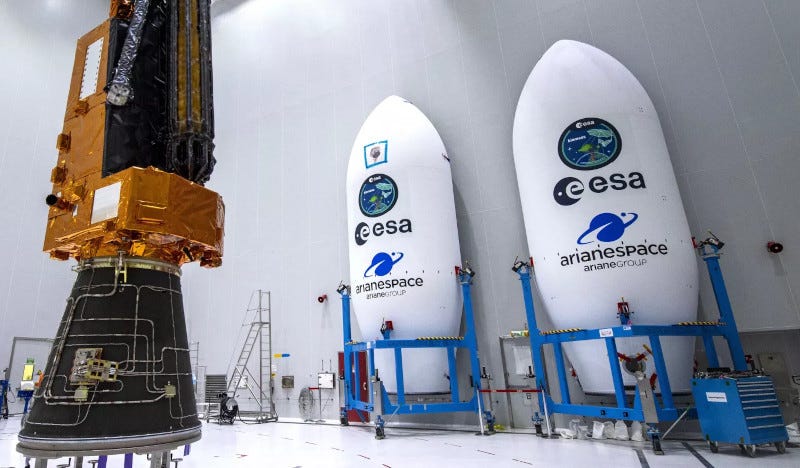High-Power Antenna Developed for Europe's Biomas Satellite
Beyond Gravity Supplied Several Key Products for This Mission
Around 30% of Earth’s land surface is covered by forest. By absorbing carbon dioxide from the atmosphere, forests play a crucial role in the carbon cycle and climate system. The European Space Agency’s (ESA) “Biomass” forest satellite mission will observe the state and development of forests, and Beyond Gravity supplied several key products for this mis…
Keep reading with a 7-day free trial
Subscribe to The Journal of Space Commerce to keep reading this post and get 7 days of free access to the full post archives.



